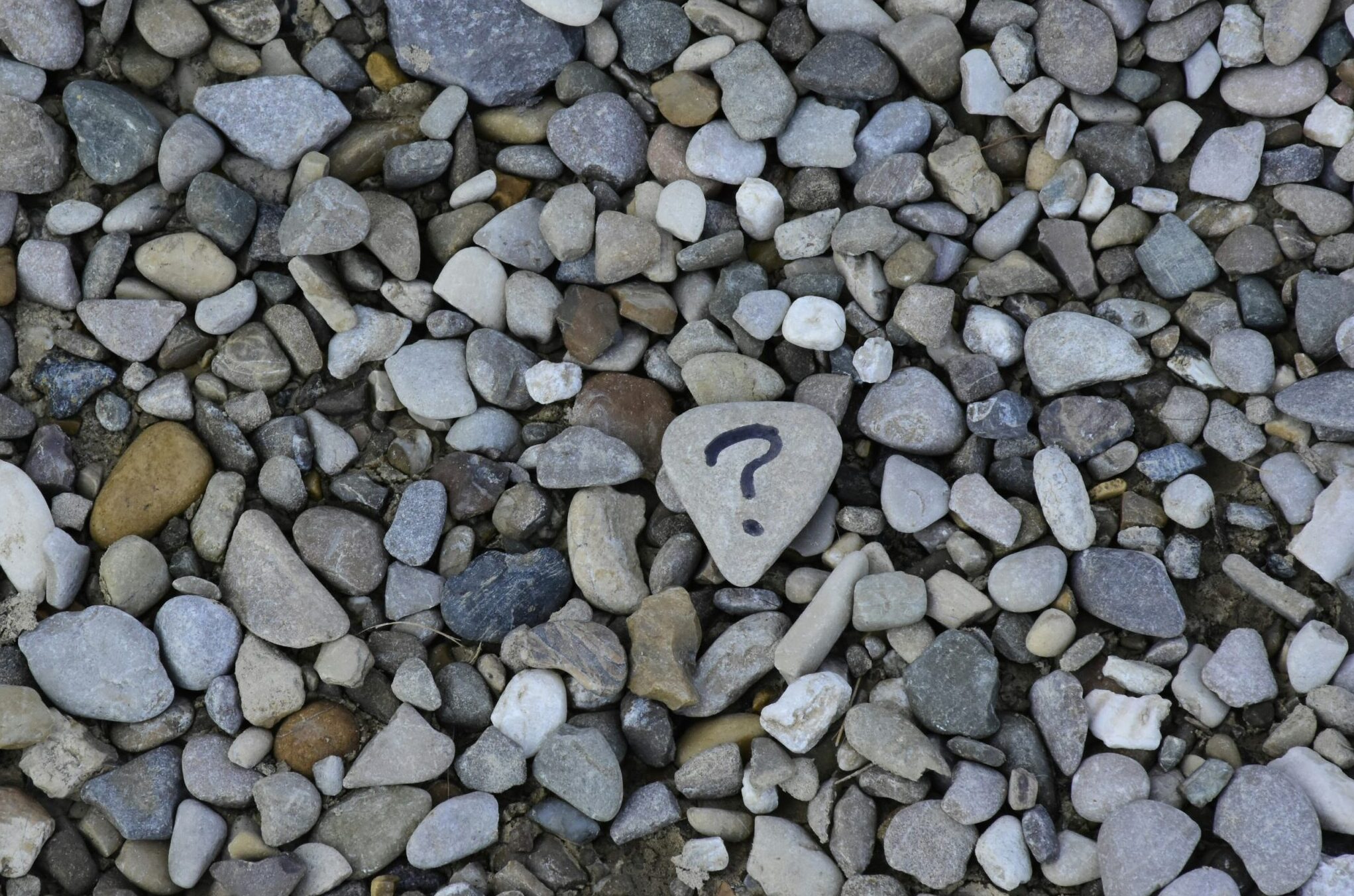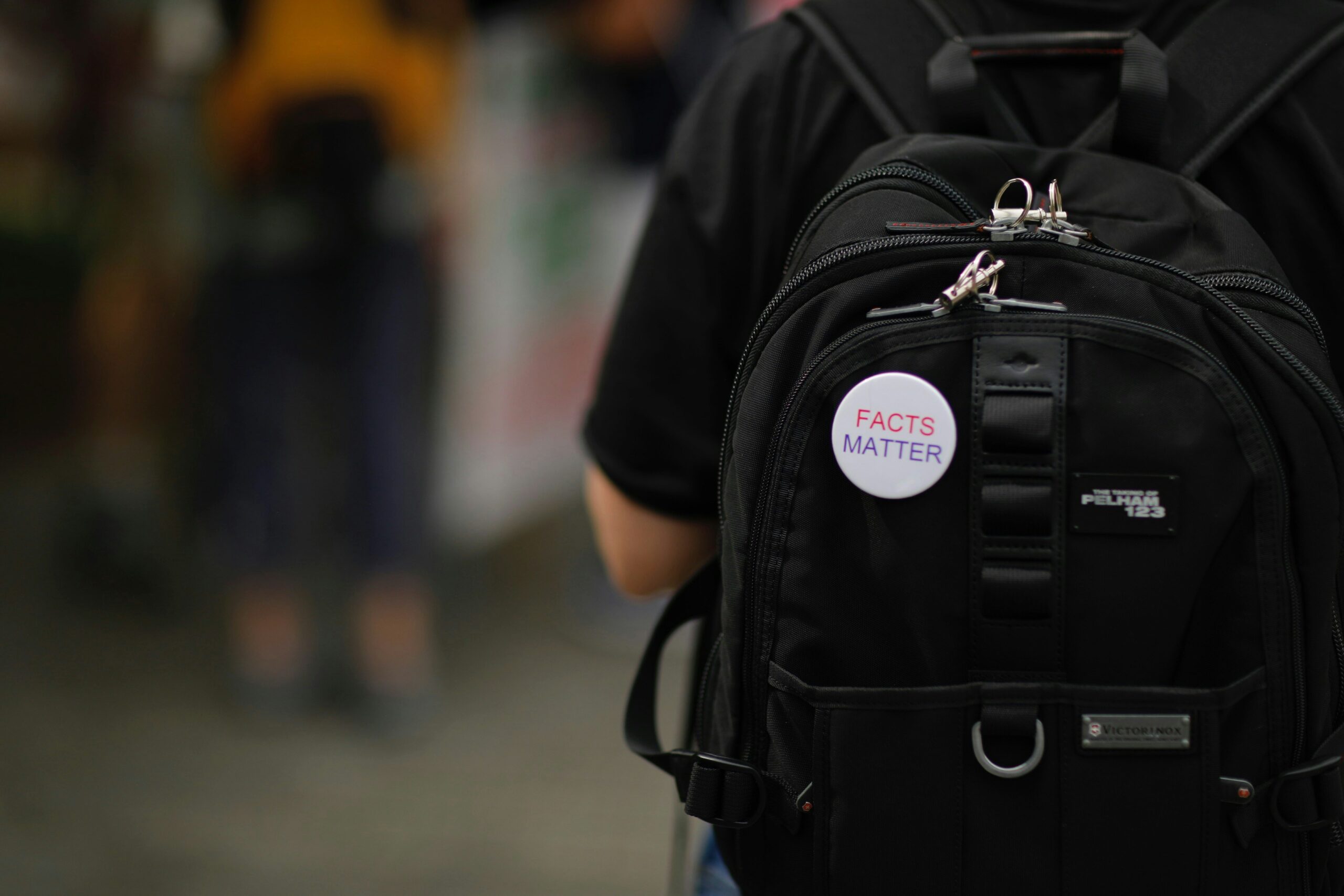According to a recent study, Qualified Charitable Distributions (QCDs) have become frequent transactions. However, you must strictly follow guidelines to ensure the QCD is valid. For those who give to charity and desire a charitable contribution deduction, the IRS has criteria for what the charitable receipt must indicate and the due date. This receipt, more formally known as a contemporaneous written acknowledgment (CWA), is required when the value of a single charitable contribution is $250 or greater.
Why QCDs?
For IRA owners age 70 ½ and older, you may exclude from your income donations paid directly from an IRA to an eligible charity. Because of this, using QCDs to offset all or a portion of a required minimum distribution (RMD) is quite popular. You can donate p to $100,000 annually to charity via QCD in addition to the standard deduction. However, there can be no benefit back to the taxpayer. No goods or services, except for intangible religious benefits, can be received in exchange for the contribution. This language is crucial.
Avoiding Misfortune
Historically taxpayers have been “a little loose” with their details regarding itemized charitable deductions. Overstatements and fabrications were and still are rampant. To curb abuse, Congress passed strict laws governing the reporting of charitable contributions. These rules cover both cash and non-cash donations. How much did you give? What was the fair market value of the item? What was the taxpayer’s cost basis on that item? On and on the rules go.
Ultimately, when finalizing a QCD, the necessary documentation for a tax deduction includes the amount of the donation, the date of the donation, the name of the charity, and whether the charity provided any goods or services for the donation. Remember, no goods or services, except intangible religious benefits, can be received in exchange for the contribution.
Since QCDs are typically sent directly from the custodian to the charity, verifying the date, amount, and receiving charity should be easy. The tricky part is getting the proper receipt from the charity. Even if there were no exchanges, the contemporaneous written acknowledgment must not remain silent on this issue. The IRS will disqualify the donation if the verbiage“no goods or services being received” is missing.
Example
In one court case, all parties verified a donation payment. However, the “no goods or services received” language was missing from the CWA. Based on strict laws, the judge had to deny the charitable deduction. Additionally, there is no retroactive fix. Why? Because the taxpayer must obtain the contemporaneous written acknowledgment on or before the date on which the taxpayer files a return or the due date (including extensions) for filing the return. Creating and sending the proper documentation after the fact is of no help. While this court case involved an itemized charitable deduction, the same CWA rules apply to QCDs.
Please be careful. You must acknowledge and firmly adhere to QCD and general charitable donation rules. Otherwise, you will lose tax benefits.
By Andy Ives, CFP®, AIF®
IRA Analyst










